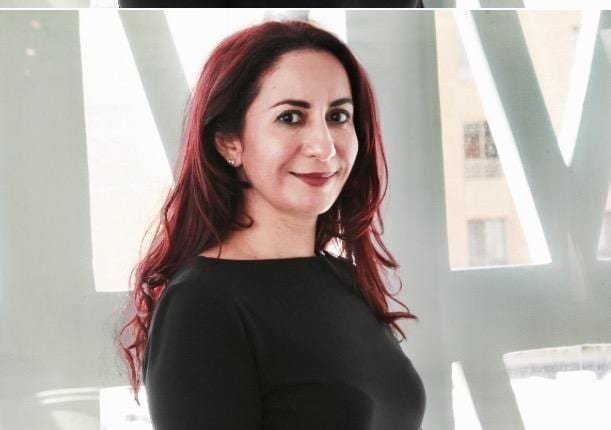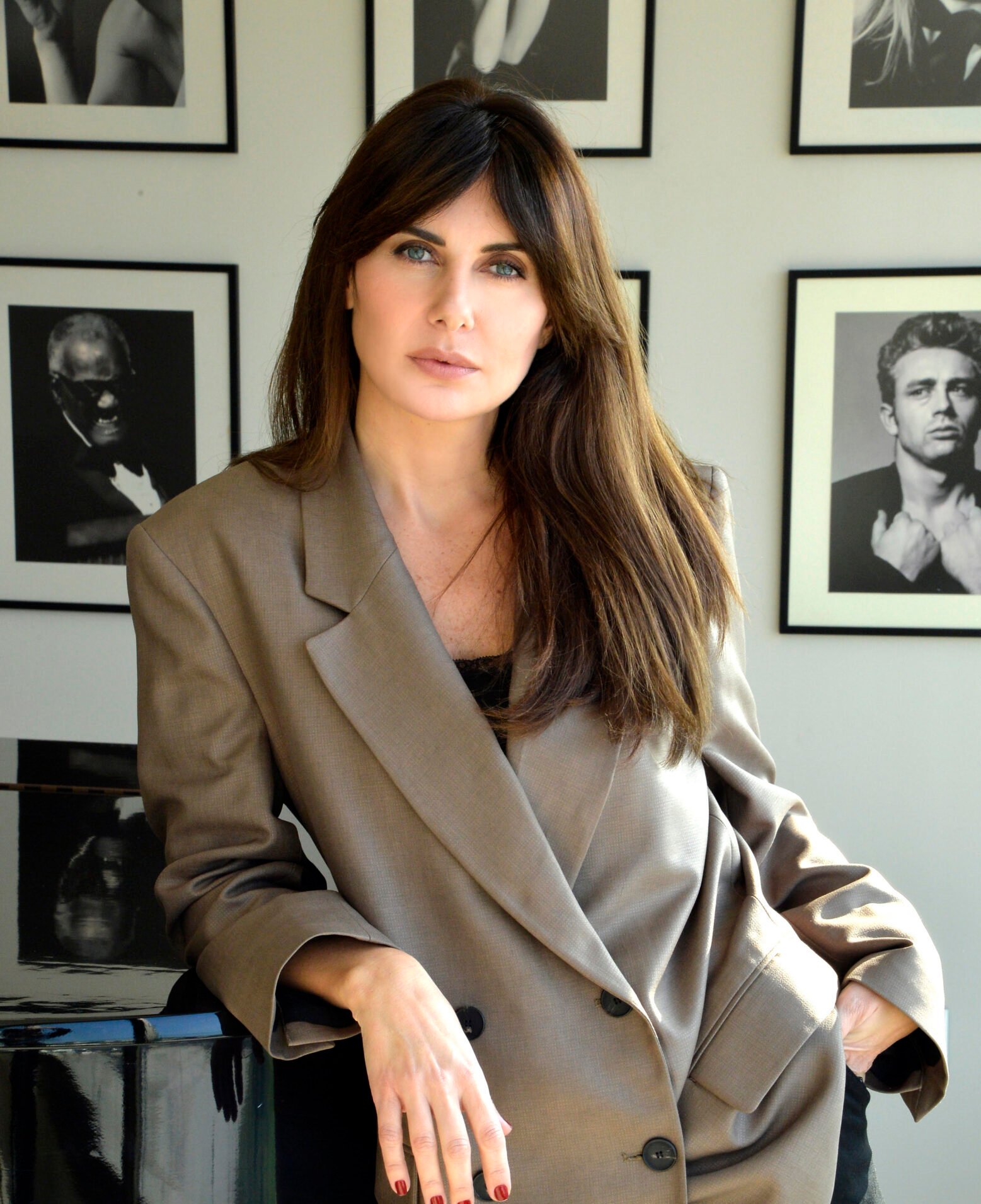
It seems odd sometimes, this idea that hiring women constitutes a checkmark on a civil to-do list; it’s as though building a diverse employee base was a socially-motivated choice rather than a business imperative. International Women’s Day has come to pass once again, sparking conversations about the pressing need to fostering gender balance in business. In my discussions with leaders, managers, and organizations, though, I’ve often heard a common refrain during meetings on the subject: Midway through a brainstorming session, participants will defensively throw up their hands and exclaim:
“We aren’t trying to exclude anyone! This is just the employee base we hired.”
That may be true; in fact, it almost certainly is. But the most dangerous aspect of workplace homogeneity is its unerring ability to sneak up on you if you aren’t intentionally looking out for it. As humans, we tend to gravitate towards those we find commonality with. Those who talk, act, and look like us seem easy to connect with; their familiarity is reassuring on a subliminal level because we readily resonate with their perspectives, experiences, and ideas. The initial interpersonal connection is easier to forge – but the very commonality that makes us feel so comfortable holds us back from realizing our potential in business. A homogenous office is like a flock of birds during migration: it travels without deviation on a path to a pre-set destination. No single member of the group moves towards a different route – or even considers doing so. Instead, they follow the path that they understand and encounter no surprises, advances, or opportunities for change on their way.
But a business isn’t like a flock, to be comfortable with a single result. In our fast-paced corporate landscape, stagnation comes to those who don’t innovate, and innovation always demands new ideas. A homogenous company with a functioning business model and marketable vision will draw in revenue and turn a profit; however, it will not have the innovative potential that a more diverse and well-balanced employee base naturally possesses.
According to a recent Gallup study investigating the impact of gender diversity on hospitality and retail performance, companies with gender-balanced employee bases significantly outperformed their homogenous peers. In the hospitality industry, researchers found that “diverse and engaged units [had] a 58% higher net profit than single-gender and less-engaged units” (emphasis mine). Think about that number for a moment: the opportunities lost in gender homogeneity and disengagement could have earned the participants an additional half of their overall profits. With findings like these, gender balance can’t be cast as a simple social issue; it must be addressed as a business imperative. From an HR standpoint, mixing differing perspectives and approaches leads to a stronger overall team and higher organizational capacity for problem-solving, innovation, and profit.
Writers for the UAE-published Gender Balance Guide put my point a little more succinctly: “Companies cannot afford to ignore 50% of the potential workforce and expect to be competitive in the global economy.”
But how do we foster gender balance in the workplace? Is it a matter of bringing on female employees until the team achieves a 1:1 gender ratio?
Not quite.
The term “gender balance” implies an environment where men and women contribute equally, with neither gender taking precedence over the other. However, this type of balance isn’t numerically stacked; adding five women to an office of five men won’t guarantee a productive team. As the abovementioned Gallup poll specified, the company-wide benefits of gender diversity only take root when the employee base is both diverse and engaged. By establishing quotas or hiring for sheer demographics without giving careful thought to merit, companies plant the seeds for employee resentment and disengagement. To successfully build a diverse team, employers need to set hiring practices that avoid these blanket quotas and focus on fostering diversity in individual departments. When implemented well, these strategies will create a gender-balanced working environments where employees trust in their colleagues’ abilities and can work hand-in-hand to achieve their potential as a cohesive unit.
Unfortunately, this is easier to write in theory than put into practice. Take the gender balance movement in the UAE as an example. Not long ago, the United Arab Emirates announced its intent to be one of the top 25 countries for gender equitability and achieve “full, equitable participation of both women and men in UAE organizations including in decision-making and leadership positions” by 2025. The nation is also the first in the MENA region to put forth legislation requiring every private company and government agency to appoint a female to its board. As a result, female participation and representation has made incredible strides; in 2016, the World Economic Forum even ranked the UAE as #32 globally for educational attainment. Today, a 77% of Emirati women pursue higher education after completing secondary school and constitute the majority (70%) of all university graduates in the country. Despite these incredible advances in education, however, matching advances in the workforce have not taken place.
Education is a start, but it can’t carry us to a gender-balanced business norm on its own. While a degree will bring a female candidate to a company’s doorstep, it won’t open the door or give her the tools she needs to thrive. If we intend to succeed, we need to build a gender-balanced culture that can support our female workers. From an HR standpoint, this will mean overcoming the dangerous “comfort” of homogeneity and taking the time to outline a strategy to both hire and keep talented women.
As I mentioned earlier, numbers don’t define gender balance; a fifty-fifty team can still be culturally male-dominated if the organizational framework is skewed to favor stereotypically male styles of communication and work. Companies must strategize to overcome this workplace toxicity and provide women with the support they need to thrive. For their part, women too must form networks and support one another through their joys and setbacks of their professional endeavors. The organization Lean In comes to mind; as a consultant for a Dubai-based “circle” of professional women, I have seen firsthand the positive impact that interpersonal support can have on a female professional’s self-confidence and career efforts.
Over the past few decades, women have made incredible strides towards building a gender-balanced business landscape. But if we intend to see this imperative through to fruition, we need to get past the homogeneity, the HR uncertainty, and organizational hem-hawing, and make our hopes a concrete reality. We need to push beyond the stagnation of the familiar and reach for the innovation of a gender-diverse business future – otherwise, we might just find ourselves trapped in a flock’s path: moving forward, but going nowhere new.
By, Hanane Benkhallouk, Executive Director @ Sustain Leadership
To know more about the author, visit this link.













